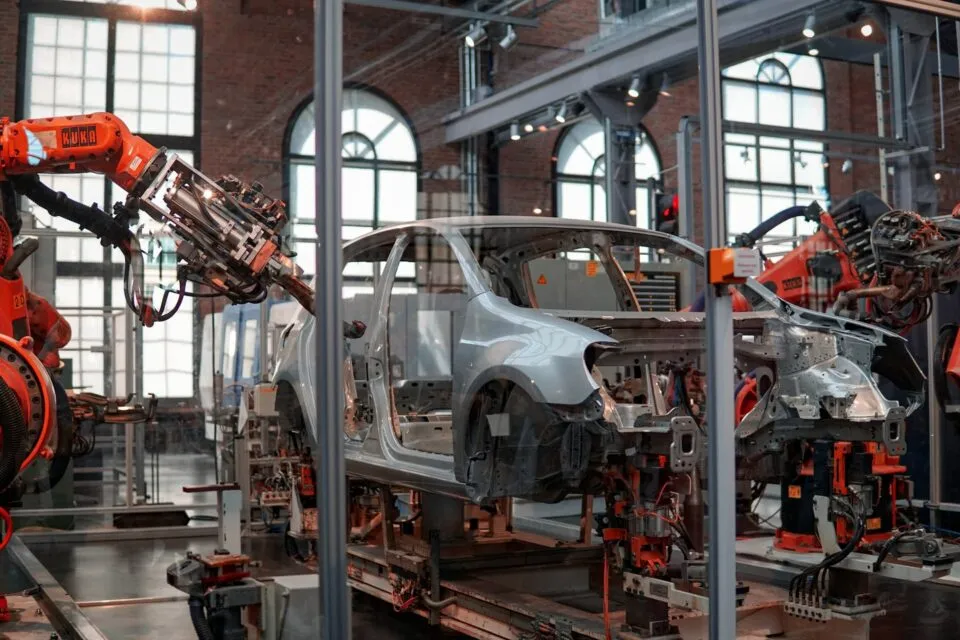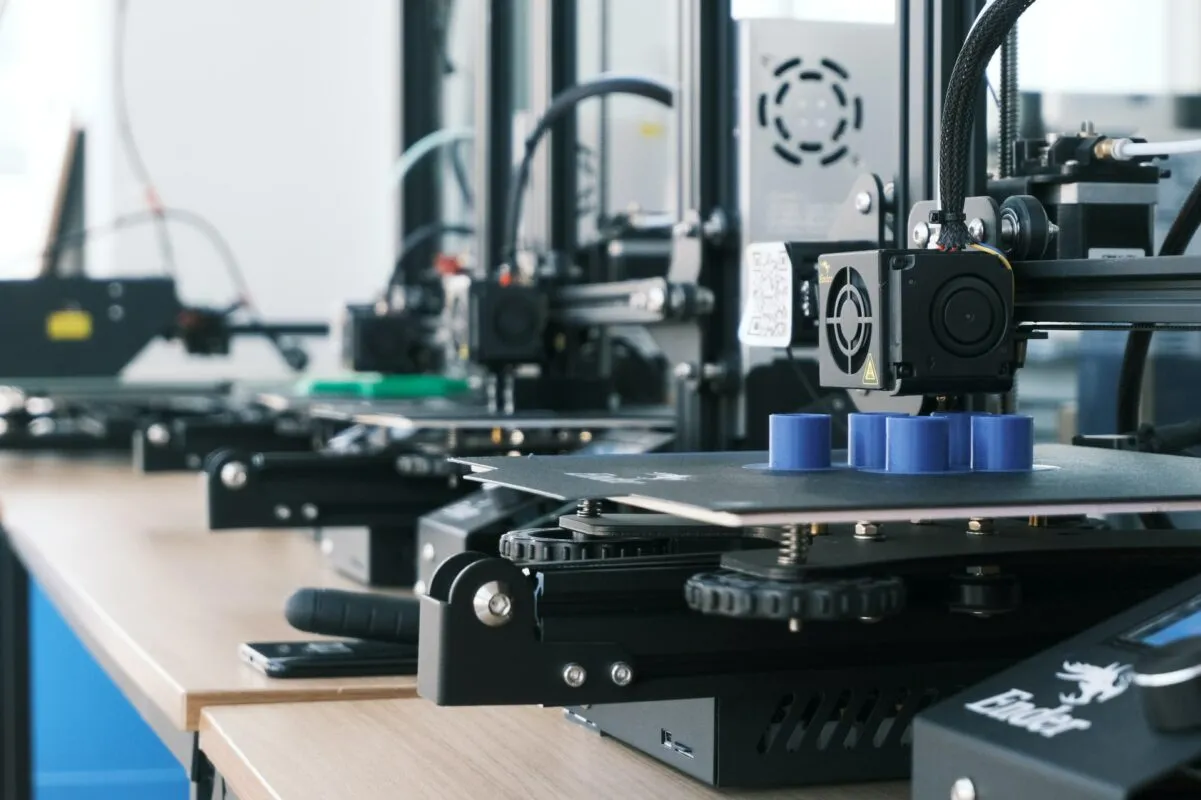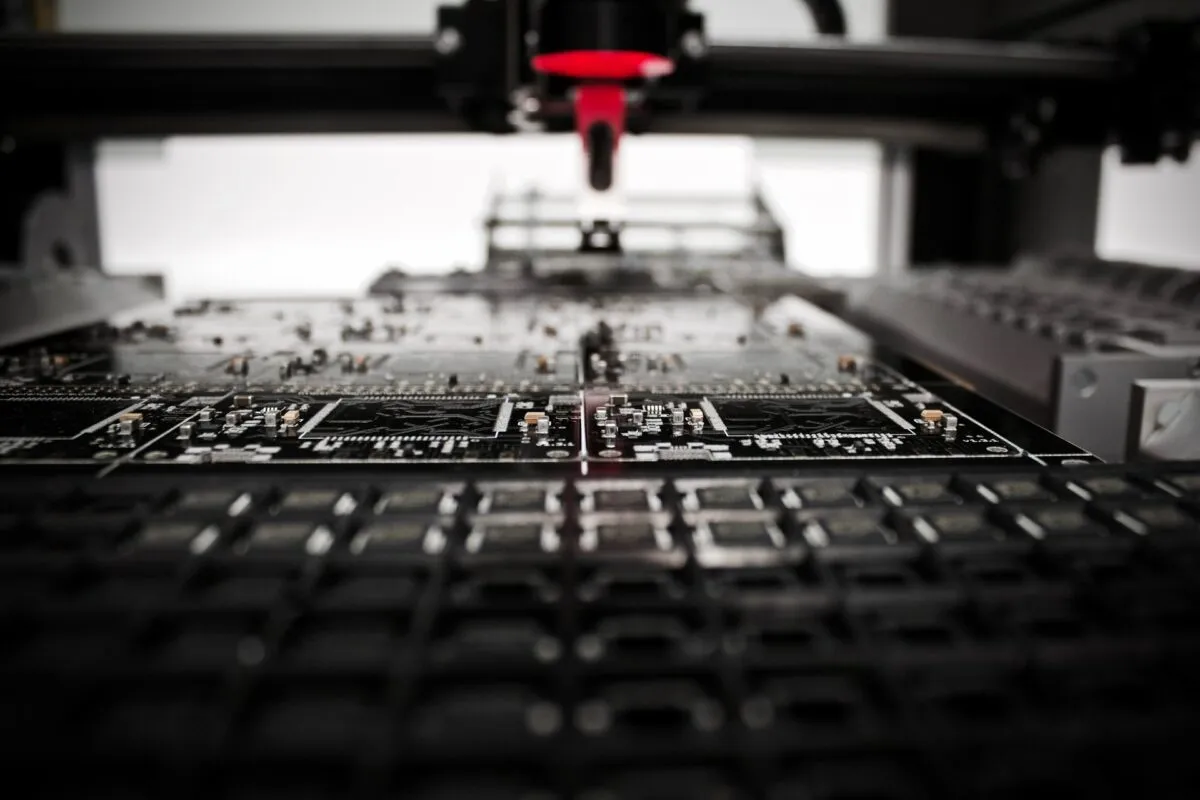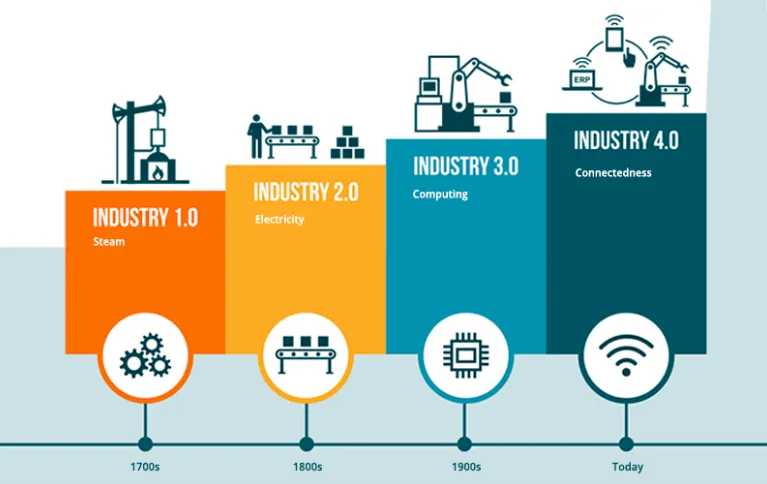Across mutliple sectors in manufacturing, businesses have been tempted to invest in automation processes. The ROI and opportunity cost of integrating enterprise resource planning (ERP) systems and other technological systems can far outweigh long-term liabilities.
If your business hasn’t joined the automation train, think about how investing in automation and software will help.
Why should you invest in automation and software?
Automation affects low-skilled and low-wage jobs and provide more agility in highly compensated jobs like doctors, financial managers, and CEOs. As per a Harvard Business Review, highly paid workers are more frequently affected; however, the impact is more severe for workers with lower wages. Contrary to popular belief, the likelihood of losing jobs is less than that of a layoff.
Automating routine tasks allows employees to concentrate on more critical projects that automation cannot solve. An article by McKinsey states that over 20% of businesses believe that automation will cause employment growth, while 6% expect a steady need for enlarging their workforce.
The arguments and opinions are somewhat disputed, so let’s delve deeper into this topic and see how automation can be a beneficial investment.
Eliminating garbage
Human error during manufacturing can lead to the waste of time and resources. Automation can increase speed and precision.
Accurate inventory
Automating merchandising processes like picking parts, material tracking, and lot tracking will transform a precise list. Automated equipment also helps reduce the loss or misplacement of materials, reducing the chance of spoilage or inventory expiration. For example, a pick and place automation system can significantly boost work speed and minimize task processing times.
Reduce rework and scrap
Even highly skilled workers can’t compete with the precision that automated equipment can produce for routine and simplified processes. Automated machines are capable of multitasking, reducing the need to transport materials from one work center to another. A waterjet cutting machine is an excellent example of that.
Eliminate paper
Paper data can slow the production process because of misfiled documents, mismanagement of paperwork, and incorrect deliveries. With automated document management, you’ll be able to shuffle papers and begin using your time and energy to make the right decisions and generate value. When you electronically send information, you need it to the people at the right moment. Shop floor employees don’t have to look for routers, drawings, BOMs, POs, or inventory lists.
Labour challenges
If it’s about reducing the cost of labour or solving issues with the workforce, automation is a must-have solution. Automation is being utilised to replace human labour in fields such as moving and picking parts and assemblies, inspecting, etc. Other instances where automation could be employed are:
- BOM compare – Cuts down on costly engineers’ time and effort by eliminating manual comparing BOMs from CAD/CAM (bill of goods) against BOMs already present from your ERP.
- RFID- improves the speed and security of software logins for employees and inventory tracking.
- Automated buying- Lowers staffing in the purchasing department while reducing overall costs for purchasing.
- Payroll integration and human resources- reduce HR personnel expenses by coordinating benefits and employees in one system.
Improvements in turnaround times
Automation allows you to make orders more quickly, cut down on production timespan and speed up product delivery to customers. These are just a few of the automated systems that could help improve the efficiency of your production.
- Interface for CAD – Facilitates the creation of large BOMs in only a couple of hours rather than weeks or days.
- Nesting interface – Cuts downtime for setting up and waste material by automatically arranging shapes on large pieces of stock material.
- EDI – reduces administrative time and expenses for both you and your customers by allowing single-entry data transactions.
- E-commerce integration- saves your customers time by allowing them to order and pay on your site while automatically sending all information related to the job into your ERP system.
Improved safety and quality
Today, high-quality product maintenance is difficult to come by without repetitive oversight and quality assurance. The expense of producing the quality you require is a challenge when it comes to providing competitive pricing. Automating quality processes can help increase the quality of products and lower costs in the process:
- Rework rejections can be managed more efficiently and scrapped.
- Reduced time to prepare and implement engineering change notices
- Monitoring every aspect of inactivations and revisions to parts by using your ERP system.
- Making it easier to qualify for and keep ISO and other certificates.
Automating manufacturing processes can also help increase the safety of employees in three ways.
- Removal of workers from potentially hazardous work practices
- Faster response in emergencies by monitoring in real-time
- Making use of safety planning software to make it easier to update safety protocols and emergency plans of action
Future-proof your business
Automation helps you adapt sooner to new trends, determine customer requirements and gives a competitive edge over technological and strategic standpoints.
Automating data collection using Dashboards gives you immediate access to precise, real-time information. This lets you:
- Recognise trends among the products, customers, and sector
- Examine the health of your business by getting down to any depth
- Predict the future needs of customers and the products/solutions to satisfy the needs of these customers
- Make faster, better decisions.
Make sure you are getting it right
Automating your business isn’t simple. It’s a continuous process in which your company develops according to technological advancements. Automation is a massive investment in machinery and software. To make sure your money is used prudently:
- Ensure that your automation strategy is aligned with your operations and business strategy. Never use automation solely to make a point of doing it. Each automation must have specific goals and results in line with your business’s long-term goals.
- Define the issue and the expected benefits. Before you invest in automation, you must be sure of the problem you’re trying to solve and what equipment or software provides the most effective solution. Be aware of the benefits that automation can bring and how it can improve your business and your customers.
- Measure the ROI. It is easy to spend too much on machinery and automation software. The automation system should meet the current requirements while also meeting future demands to justify the expenditure.
Final Remarks
Artificial Intelligence and Machine Learning will have critical roles in the coming generation of automation. Automation can make it easier to decide, and software will use automation to meet deadlines. It can also help determine the best time to utilise resources. If you are looking to automate your business to increase efficiency and make sensible decisions in real-time based on facts, get in touch with us.



